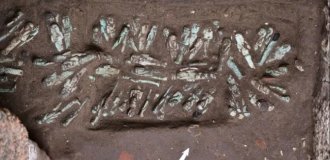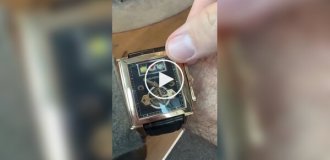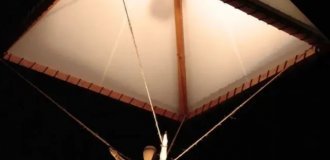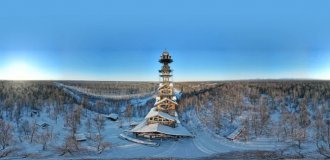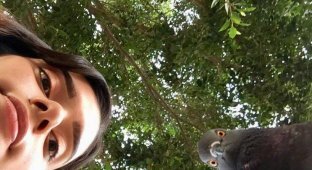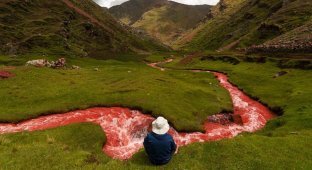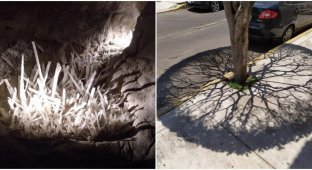73 mummies of Huari Indians found in Peru (8 photos)
Excavations at the Pachacamac archaeological site near Lima have been successful. Scientists discovered 73 intact mummies, some with "false heads" - masks made of wood or ceramics. They date back to 800-1100. n. e., when the Wari Empire expanded its territory and political influence. 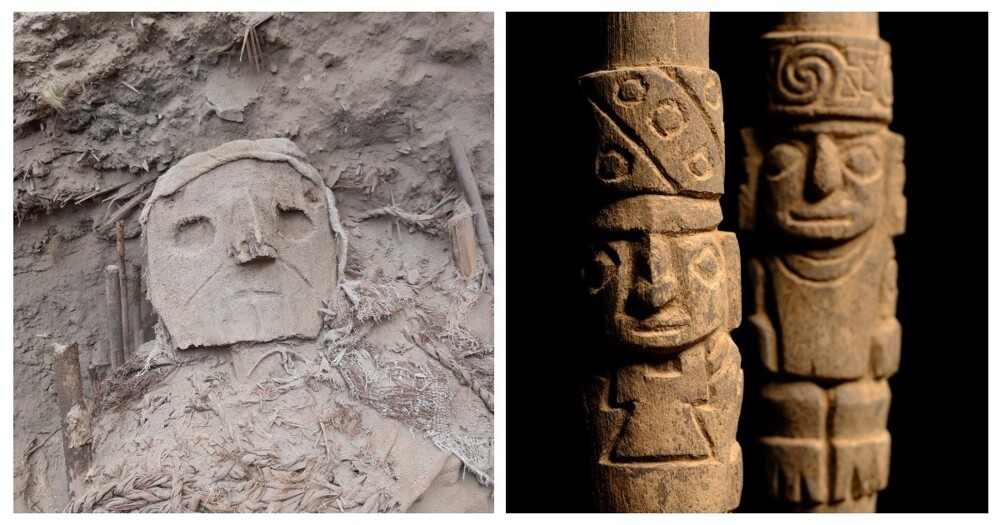
The burials were found in a complex of cemeteries from different periods at the foot of the Painted Temple of the Inca era. Pachacamac was first discovered at the end of the 19th century by the German archaeologist Max Uhle. The cemeteries were heavily damaged during the "eradication of idolatry" during the colonial period and were repeatedly looted after Ole's excavations. Therefore, the discovery of 73 intact burials is of great archaeological significance. 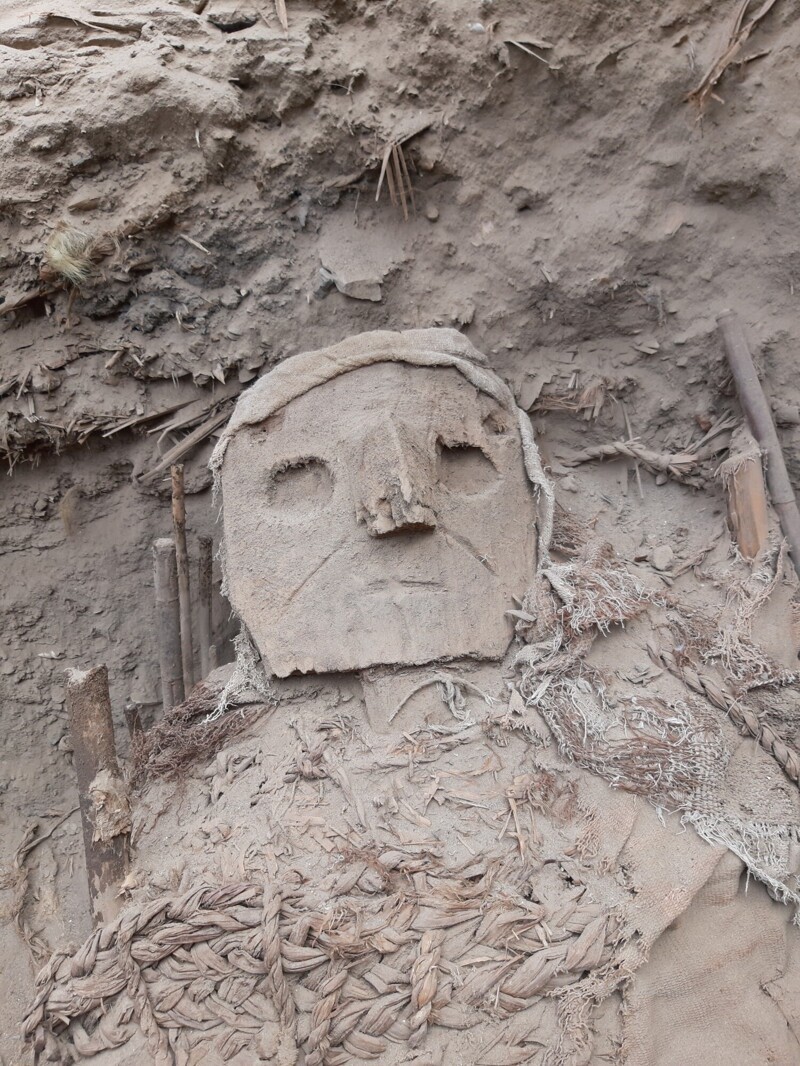
The team focused on excavating the site where a high adobe wall had collapsed. Experts suggested that she could protect the graves from robbers, and they were right. 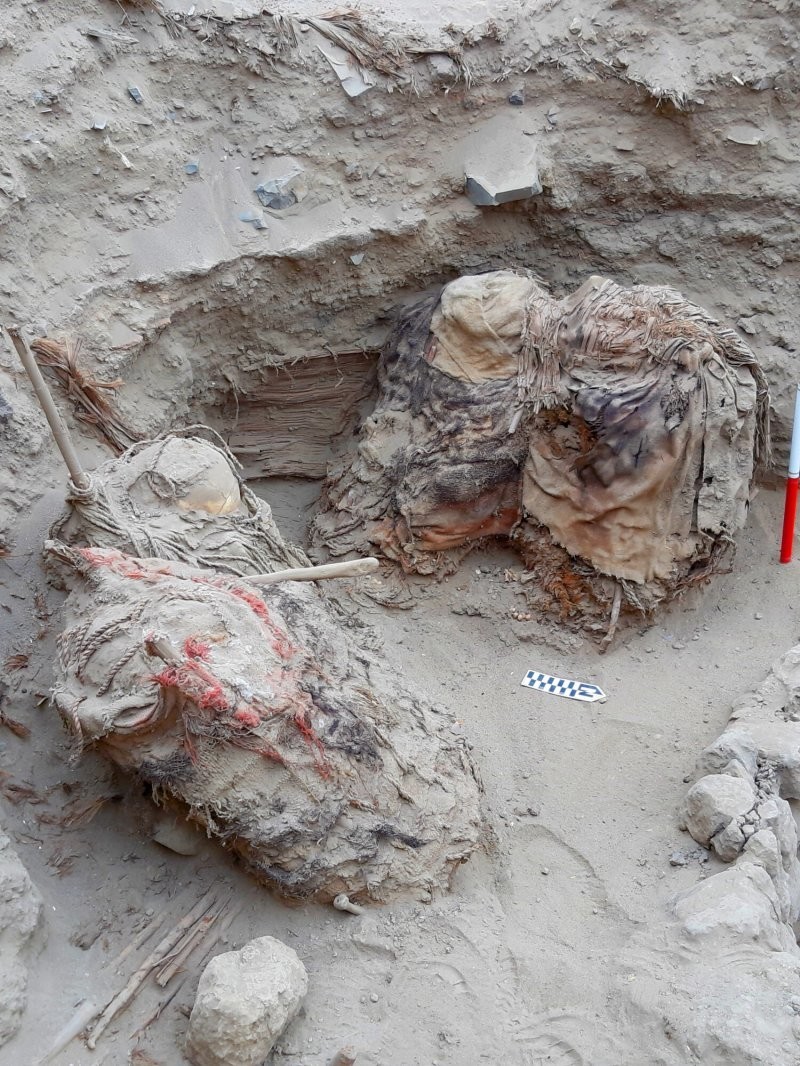
The burials include people of both sexes. finely woven colorful patterned textiles, carved wooden masks, elaborately knotted ropes and human remains are beautifully preserved. Near the burial, two wooden staffs with images of Huari deities were found, strewn with shells of spondylus mollusks from Ecuador. 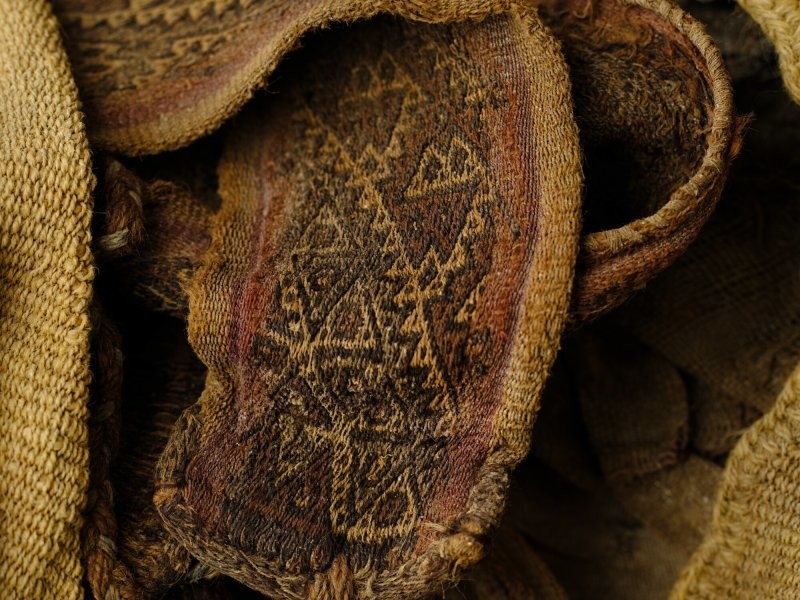
"The results of the research show that during the Huari period, namely between 800 and 1100 AD, Pachacamac had the character of a settlement with a ceremonial platform. Currently, this platform is hidden under the rubble and terraces of the Painted Temple of the Inca era. The cemetery discovered as a result excavated by Professor Makowski, is not the burial place of rulers, as Ole suggested, but can instead be compared to the site of Ancon, which was a cemetery for fishermen from the coast between the Chancay and Chillon valleys, both during the Huari Empire and in later periods. 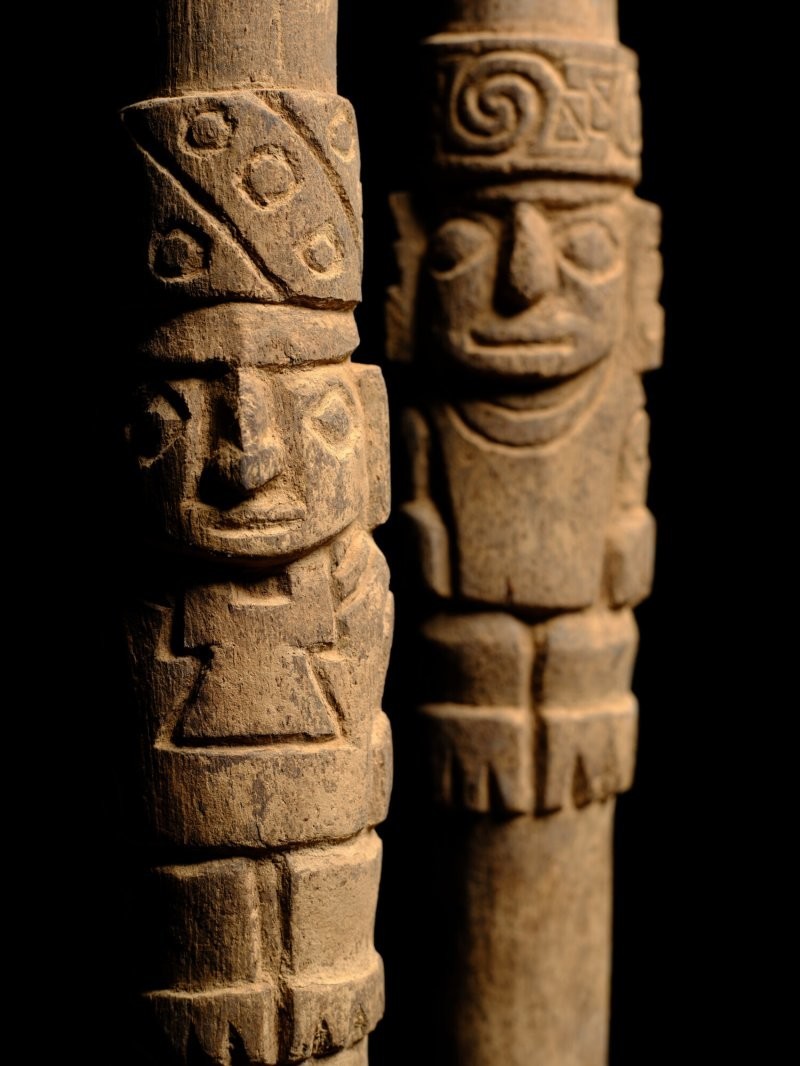
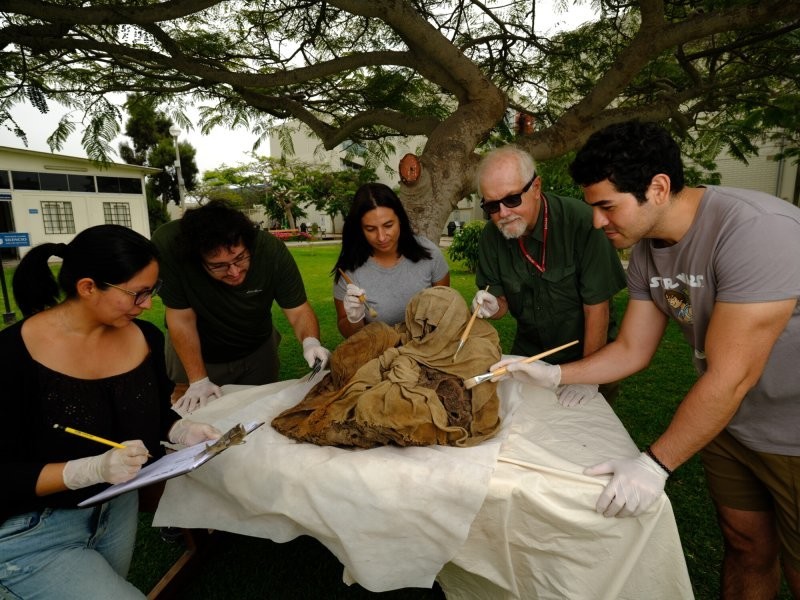
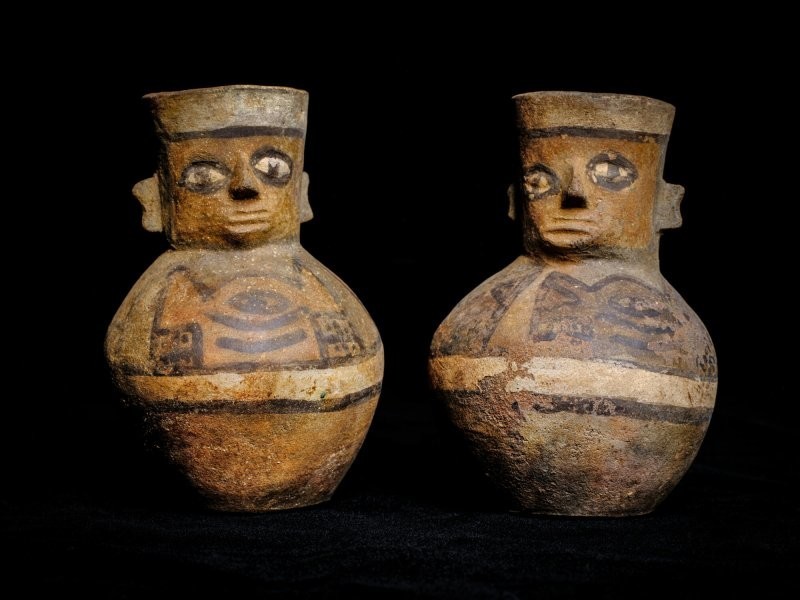
Thanks to their preservation, as well as laboratory analyses, the discovered burial complexes represent a real storehouse of information.
The team's findings contradict previous understandings of Pachacamac's history. It has not been, as historians have suggested, a sacred city since the construction of the Old Temple during the Lima culture period ca. 200 AD and even during the time of Wari. This only happened after it was absorbed into the Inca Empire. 
